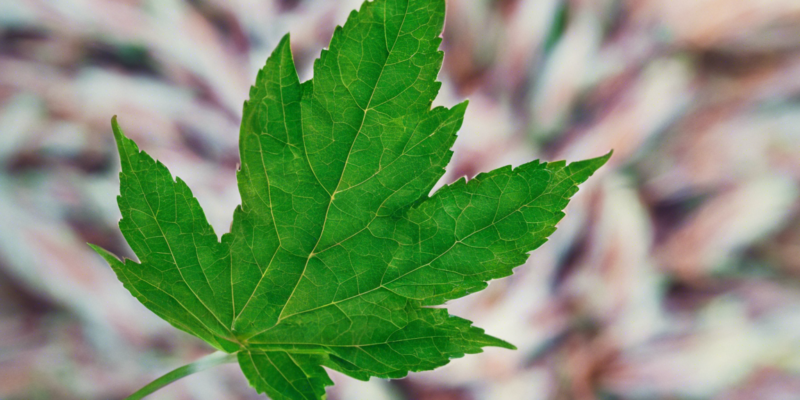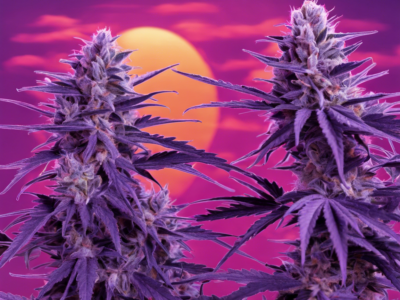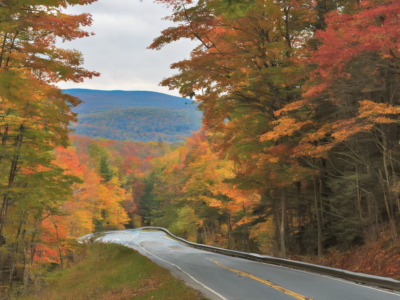The world of botanical wonders never fails to amaze us with its sheer diversity and beauty. From vibrant flowers to towering trees, each plant holds its own unique charm. One of the most fascinating aspects of nature is the vast variety of leaves that adorn plants all around us. Leafly, the study of leaves, provides us with a deeper understanding and appreciation of these green wonders.
The Diversity of Leaves
Leaves come in all shapes, sizes, and textures, each evolved to suit the needs of the plant it belongs to. Some leaves are broad and flat, maximizing surface area for photosynthesis, while others are needle-like, reducing water loss in hot, arid climates. The colors of leaves vary from deep greens to vibrant reds and yellows, marking the changing of seasons.
Types of Leaves
-
Simple Leaves: These are leaves with a single blade, such as those found on maple or oak trees.
-
Compound Leaves: These leaves are divided into multiple leaflets, like those seen on roses or poison ivy.
-
Needle Leaves: Typically found on coniferous trees, these leaves are long, thin, and needle-shaped.
-
Succulent Leaves: Plants like aloe vera and cacti have thick, fleshy leaves that store water.
Leaf Adaptations
Leaves have evolved diverse adaptations to thrive in different environments. Xerophytic plants, for example, have leaves with reduced surface area and thick cuticles to minimize water loss, making them suitable for arid regions. Aquatic plants, on the other hand, have leaves with stomata on the upper surface to absorb carbon dioxide from the air since their roots are submerged in water.
Leaf Structures and Functions
-
Stomata: These tiny openings on the leaf surface allow for gas exchange vital for photosynthesis.
-
Veins: These vascular tissues provide support and transport water, nutrients, and sugars throughout the leaf.
-
Cuticle: A waxy layer that helps prevent water loss and protects the leaf from pests and diseases.
-
Chlorophyll: The green pigment responsible for capturing light energy for photosynthesis.
The Beauty of Fall Foliage
One of the most spectacular displays of nature is the changing colors of leaves in the fall. As the days shorten and temperatures drop, chlorophyll production slows down, revealing the other pigments present in the leaves. This leads to a breathtaking range of colors from deep reds to golden yellows, painting the landscape in a riot of hues.
Leaf Peeping Locations
-
New England, USA: Known for its stunning display of fall foliage, this region offers picturesque views of maple, oak, and birch trees.
-
Kyoto, Japan: The momiji, or Japanese maple, transforms into a fiery red spectacle during autumn, particularly in locations like Arashiyama.
-
The Cotswolds, England: Quaint villages surrounded by beech and oak trees create a charming backdrop for autumn leaf watching.
The Role of Leaves in Ecology
Leaves play a crucial role in the ecosystem, serving as the primary site for photosynthesis, the process by which plants convert light energy into chemical energy. This not only provides food for the plant but also releases oxygen into the atmosphere, benefiting all living organisms. Additionally, leaves serve as habitats for various insects, birds, and microorganisms, contributing to the overall biodiversity of an area.
Leaf Litter and Decomposition
When leaves fall to the ground, they form a layer of leaf litter, which serves as a vital resource for soil health. Decomposers like fungi and bacteria break down the leaves, releasing nutrients that enrich the soil and support plant growth. This natural cycle of decomposition ensures the continuity of the ecosystem’s nutrient cycles.
FAQs about Leaves
-
What is the purpose of leaves?
Leaves are the primary site for photosynthesis, where plants produce sugars for energy using sunlight, water, and carbon dioxide. -
Do all plants have leaves?
While most plants have leaves, some plants, like cacti, have modified their stems to perform photosynthesis instead. -
Can you eat leaves?
Edible leaves are common in many cuisines, such as lettuce, spinach, and kale, which are rich in nutrients. -
How do leaves change color in the fall?
As chlorophyll production slows down, other pigments like carotenoids and anthocyanins become more prominent, leading to the vibrant fall colors. -
Are there any plants without leaves?
Yes, some plants like fungi and algae do not have traditional leaves but still undergo photosynthesis using different structures.
Exploring the world of leaves opens up a new lens through which to view the intricate beauty and functionality of nature’s creations. Whether admiring the vibrant hues of fall foliage or marveling at the intricate structures of tropical leaves, Leafly invites us to delve deeper into the botanical realm that surrounds us.










